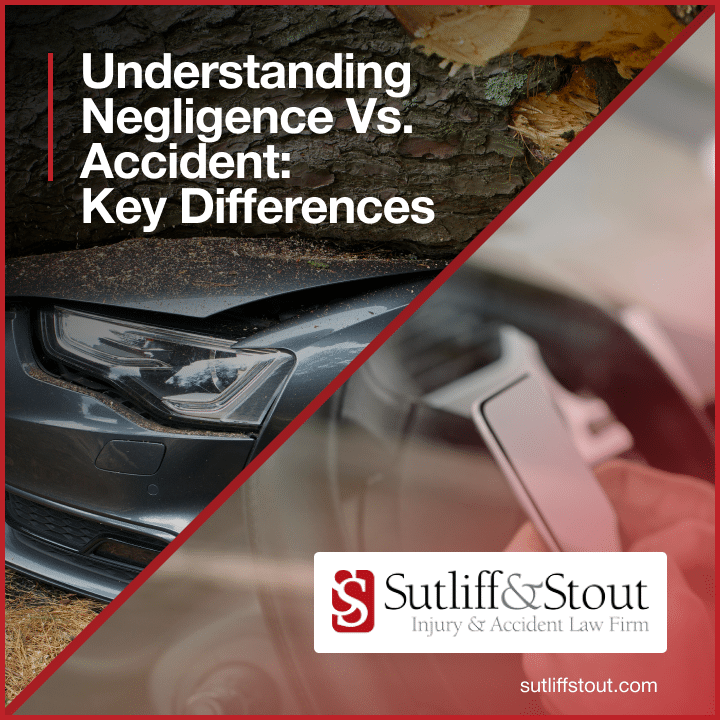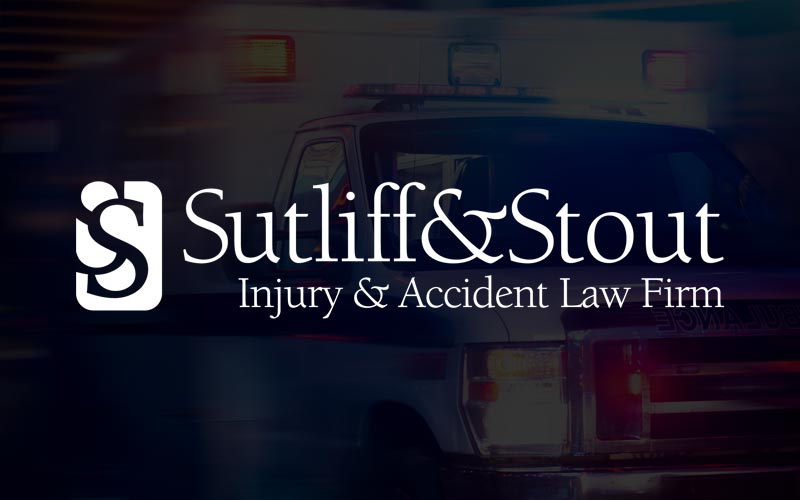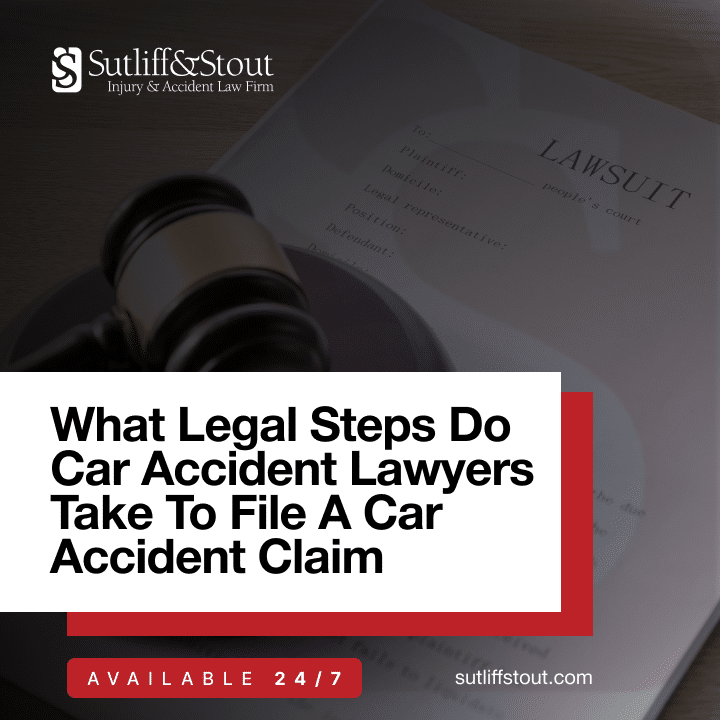
When pursuing a personal injury claim, understanding negligence is essential. Negligence is a central concept in personal injury law, and proving it effectively can make or break your case. The experienced personal injury attorneys at Sutliff & Stout can guide you through each step of a negligence claim, ensuring that all elements are thoroughly addressed and backed by the proper evidence. Below is an overview of the key aspects of negligence claims, and how our legal team can help you prove your case.
What is Negligence?
Negligence occurs when someone fails to act with the reasonable care expected of them, resulting in harm to another person. The person responsible may be held liable for any damages caused by their actions or inactions. In personal injury cases, negligence is often the foundation for seeking compensation.
Key Elements of a Negligence Claim
To win a negligence claim, four key elements must be proven: Duty of Care, Breach of Duty, Causation, and Damages. Let’s break these down:
Duty of Care
The first element of negligence is proving that the defendant owed the plaintiff a duty of care. This is a legal obligation requiring individuals to act reasonably to avoid harming others. For instance, a driver has a duty to drive safely and follow traffic laws to prevent accidents.
Breach of Duty
Once a duty of care is established, the next step is showing that the defendant breached that duty. This can occur through actions that are unreasonable or reckless, such as running a red light or failing to maintain safe premises. Our attorneys at Sutliff & Stout will carefully examine the defendant’s actions to demonstrate how they violated their duty of care.
Causation
It’s not enough to show that a breach of duty occurred. You must also establish that the breach directly caused the injury. This is known as “causation.” In legal terms, we need to prove that the defendant’s actions were the direct cause of the harm suffered, and that the harm was foreseeable.
Damages
Finally, you must show that you suffered actual damages due to the defendant’s actions. This could include physical injury, emotional distress, lost wages, medical bills, and other forms of harm. Sutliff & Stout can help calculate your damages, ensuring that all your losses are accounted for.
Establishing Duty of Care
Legal Obligations
In many cases, a duty of care is defined by law, such as the responsibility of a doctor to provide competent care or the duty of a property owner to ensure their premises are safe for visitors.
Relationship Between Parties
The duty of care can also be shaped by the relationship between the parties involved. For example, a driver owes a duty of care to other motorists, pedestrians, and passengers. Our team will assess the relationship in your case to determine the duty owed to you.
Constituting a Breach of Duty
Failure to Act
A breach of duty can also arise from a failure to act when there’s a clear responsibility. For example, a store owner failing to clean up a spill might be considered negligent because they did not take steps to prevent harm to customers.
Actions Below Standard of Care
In many cases, a breach of duty occurs when the defendant’s actions fall below the standard of care expected in a given situation. If a surgeon makes a critical error during an operation, this would constitute a breach of duty.
Proving Causation
Direct Cause
The key to proving causation is establishing that the defendant’s actions directly caused your injuries. The link must be clear, showing that but for the defendant’s actions, the harm would not have occurred.
Foreseeable Harm
In addition to proving direct cause, the harm must have been foreseeable. This means the defendant could have reasonably anticipated that their actions would lead to injury.
Types of Recoverable Damages
Compensatory Damages
Compensatory damages are designed to compensate the injured party for actual losses, such as medical bills, lost wages, and property damage.
Economic Damages
Economic damages are the tangible, quantifiable losses resulting from an injury, including medical expenses, lost income, and other financial costs.
Non-Economic Damages
Non-economic damages compensate for intangible losses, such as pain and suffering, emotional distress, and loss of enjoyment of life.
Punitive Damages
In some cases, punitive damages may be awarded to punish the defendant for especially reckless or intentional misconduct. These damages are meant to deter similar actions in the future.
Evidence Required for Proving Negligence
A successful negligence claim hinges on the strength of the evidence presented. The personal injury lawyers at Sutliff & Stout will help you gather the necessary evidence, including:
Eyewitness Accounts: Eyewitness testimony can establish the facts surrounding the incident, confirming the details of what happened and how it occurred.
Expert Opinions: In some cases, expert testimony is needed to establish standard practices and breach of duty, such as in medical malpractice or product liability cases.
Physical Evidence: Items such as damaged vehicles, defective products, or unsafe conditions can be critical to proving your case.
Photos of the Scene: Photographs can capture important details, such as road conditions, weather, and visible injuries, providing evidence of the extent of the harm.
Medical Records: Medical records are vital for documenting the injuries sustained and the treatment required.
Documentation: Accident reports, police reports, employment records, and other documents will help build a comprehensive picture of the incident.
Impact of Comparative Negligence
Partial Fault
In some cases, you may be partially at fault for the accident. Texas follows a comparative negligence rule, meaning your compensation will be reduced based on your percentage of fault.
Reduction in Damages
If you are found partially responsible for the accident, your damages may be reduced proportionately.
Defenses Against Negligence Claims
Contributory Negligence
Defendants may argue that the plaintiff’s own negligence contributed to the accident, potentially barring recovery.
Assumption of Risk
Defendants might argue that you knowingly assumed the risk of injury in certain situations.
Statute of Limitations
Every negligence claim must be filed within a certain time frame. In Texas, the statute of limitations for most personal injury claims is two years from the date of the incident.
Preparing for a Negligence Claim
Documenting the Incident: It’s crucial to document the incident thoroughly, including the time, location, and any involved parties.
Seeking Legal Advice: Consulting with a personal injury attorney is essential.
Gathering Evidence: Collect physical evidence, photos, and other documentation to support your claim.
Maximize Your Compensation – Start with a Free Consultation!
If you or a loved one has been injured due to someone else’s negligence, the experienced personal injury attorneys at Sutliff & Stout are here to help. We offer free consultations to discuss the details of your case, evaluate your options, and determine the best path forward. Contact us today to get started.
- Understanding Negligence Claims: Key Elements and Proof - April 6, 2025
- Negligence vs. Accident: Key Differences - April 6, 2025
- What Legal Steps Do Car Accident Lawyers Take to File a Car Accident Claim - March 15, 2025




 (713) 405-1263
(713) 405-1263  550 Post Oak Blvd, Suite 530
550 Post Oak Blvd, Suite 530